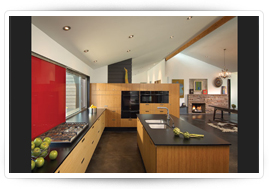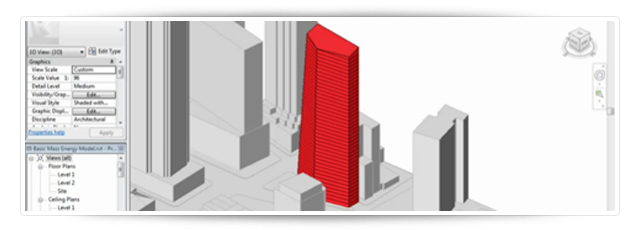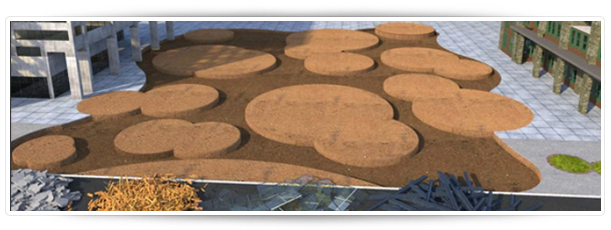This outline provides basic information to assist your understanding of how to begin studying for the LEED Green Associate exam: starting with the exam application process, selecting study materials, and then moving to brief descriptions for exam content such as green building, USGBC, and LEED.
The LEED Green Associate exam requires a basic, non-technical understanding of green building, USGBC and the core concepts of sustainable strategies used in designing and constructing high performance green buildings. Aside from the fact the Green Associate exam is a requirement for advancing to any of the specialty exams, passing the Green Associate exam would be sufficient for professionals such as real estate agents and brokers, sales and manufacturer’s reps., attorneys, developer and contractor mid-level managers, and other professionals who have no need to know the technical details and processes necessary to design and build high performance green buildings. This degree of knowledge is generally left to professionals who make their living with green buildings, from inception thru birth, and even until end of life.
The 6 Step Study Plan for the LEED Green Associate Exam can be downloaded here.





